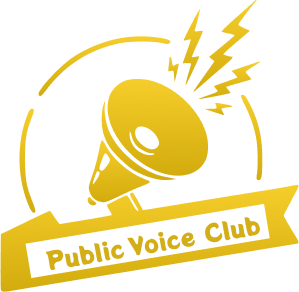When it comes to building customer loyalty and retaining your customer base, there are two main approaches that businesses often consider: CRM (Customer Relationship Management) tools and traditional sales methods. Both have their own strengths and weaknesses, but which one is more effective in cultivating lasting relationships with customers? Let’s take a closer look at CRM vs. traditional sales to determine which one builds better loyalty.
CRM Tools
CRM tools have revolutionized the way businesses manage their relationships with customers. These tools allow businesses to track customer interactions, analyze data, and personalize communication with customers. By understanding the needs and preferences of their customers, businesses can tailor their services and products to better meet their expectations.
One of the key advantages of using CRM tools is the ability to create personalized experiences for customers. By tracking customer preferences, buying behavior, and engagement with the business, companies can provide targeted marketing campaigns and offers that are more likely to resonate with their customers.
CRM tools also help businesses stay organized and efficient in their customer interactions. By centralizing customer data and communication in one platform, businesses can streamline their processes and provide a more seamless experience for their customers.
Benefits of CRM Tools for Customer Loyalty
1. Improved Customer Experience: By understanding the needs and preferences of customers, businesses can provide a more personalized experience that builds trust and loyalty.
2. Increased Customer Retention: With targeted marketing campaigns and offers, businesses can keep customers engaged and coming back for more.
3. Enhanced Customer Communication: By tracking customer interactions, businesses can communicate with customers in a more timely and relevant manner, building stronger relationships.
Traditional Sales Methods
Traditional sales methods, on the other hand, rely on more manual and personal interactions to build customer loyalty. These methods include face-to-face interactions, phone calls, and email communication without the use of sophisticated CRM tools.
While traditional sales methods may seem outdated compared to CRM tools, they still have their own advantages. For example, personal interactions can create a stronger emotional connection with customers, leading to a more loyal customer base.
Traditional sales methods also allow businesses to quickly address customer concerns and provide real-time solutions. By engaging with customers directly, businesses can build trust and credibility, leading to long-term loyalty.
Benefits of Traditional Sales Methods for Customer Loyalty
1. Personalized Interactions: Face-to-face interactions and phone calls create a more personal experience that can lead to stronger relationships with customers.
2. Quick Problem Resolution: By addressing customer concerns immediately, businesses can show customers that their needs are a top priority, increasing loyalty.
3. Building Trust: Personal interactions can help build trust and credibility with customers, leading to long-term loyalty and repeat business.
Which Builds Better Loyalty?
So, which approach is more effective in building customer loyalty: CRM tools or traditional sales methods? The answer is not necessarily black and white, as both have their own strengths and weaknesses.
CRM tools excel in providing a more personalized and efficient customer experience, while traditional sales methods create stronger emotional connections with customers. Ultimately, the best approach may depend on the nature of the business and the preferences of its target audience.
However, combining the strengths of both CRM tools and traditional sales methods can lead to even greater success in building customer loyalty. By leveraging the insights and data provided by CRM tools and the personal touch of traditional sales methods, businesses can create a well-rounded approach that resonates with customers and fosters long-term loyalty.
Conclusion
In conclusion, both CRM tools and traditional sales methods have their own unique advantages when it comes to building customer loyalty. While CRM tools provide personalized experiences and efficiency, traditional sales methods offer personal interactions and emotional connections with customers.
By understanding the strengths of each approach and combining them strategically, businesses can create a winning formula for building lasting relationships with their customers. Whether you choose to rely on CRM tools, traditional sales methods, or a combination of both, the key is to prioritize customer satisfaction and loyalty in order to thrive in today’s competitive market.
Thank you for reading!
